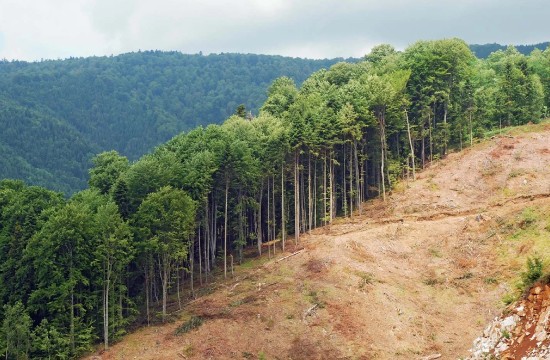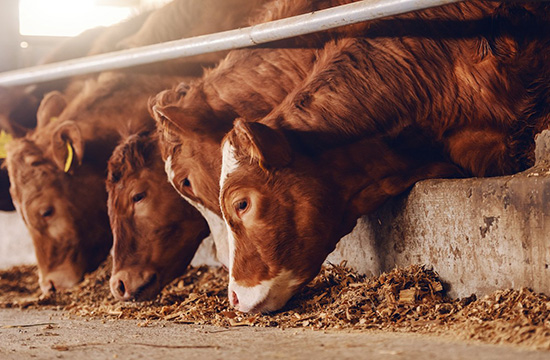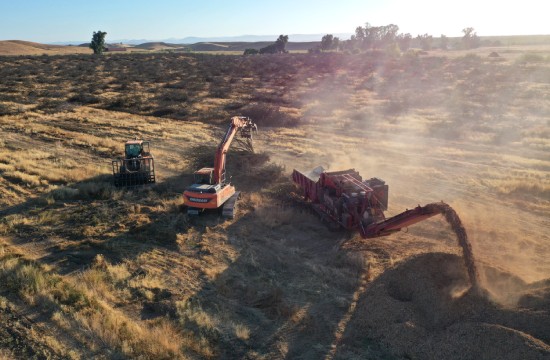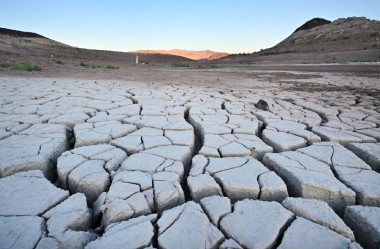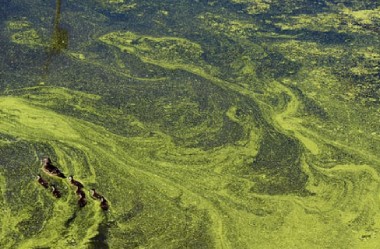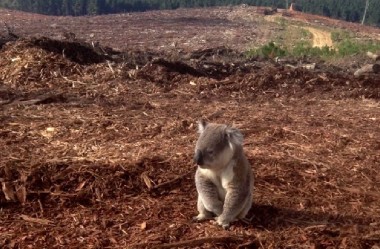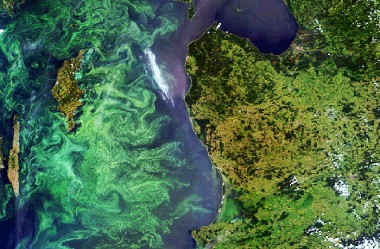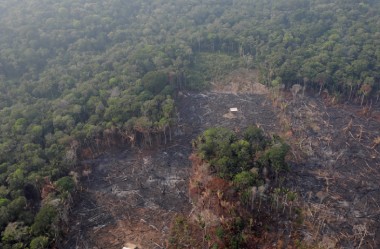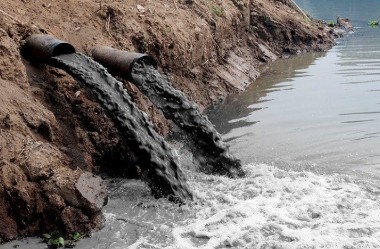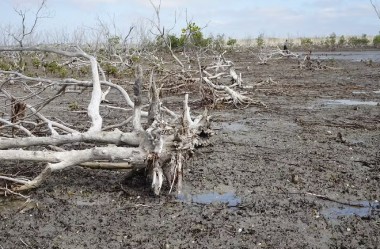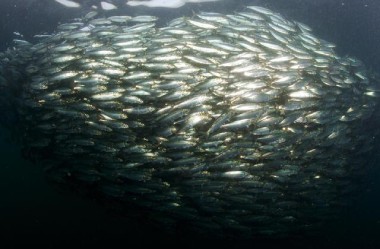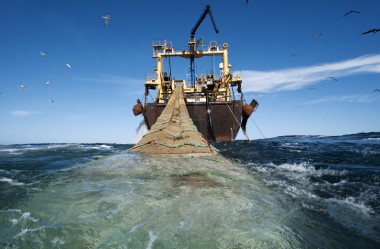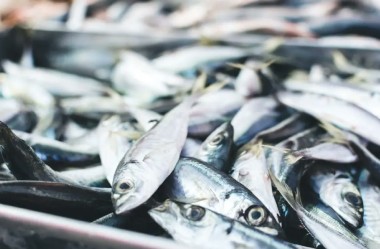Feeding the World Population Complexities
Agriculture has a significant environmental impact in three key ways. First, it requires large amounts of fresh water, which can cause considerable ecological pressures in regions with water stress. It needs water as input and can pollute rivers, lakes, and oceans by releasing excess nutrients through runoff.
Agriculture is also a crucial driver of climate change, responsible for around one-quarter of the world's greenhouse gas emissions. This includes methane emissions from livestock, nitrous oxide emissions from fertilizers, and carbon dioxide released through land-use change, such as deforestation for agriculture.
Agriculture has a massive impact on the world's environment due to its enormous land use. Half of the world's habitable land is used for agriculture. This conversion of natural habitats has been a significant driver of biodiversity loss.
- If we don't address food emissions, we won't be able to meet our climate targets (1.5°C or 2°C).
- Business-as-usual scenarios project food emissions to consume most of our carbon budget.
- Even if we completely stopped fossil fuel emissions, food production emissions alone could push us beyond our climate targets (1.5°C or 2°C).
Food production has a significant environmental impact in several ways
Industrialized agriculture significantly contributes to greenhouse gas (GHG) emissions in Agriculture, Forestry, and Other Land Use (AFOLU). The estimated 24% of total anthropogenic greenhouse gas emissions from the AFOLU sector (global average for greenhouse gas emissions by industry - IPCC Special Report on Global Warming) can be attributed to various practices and processes associated with industrialized agriculture. Here's how industrialized agriculture is linked to these emissions:
-
Intensive Farming Practices: Industrialized agriculture often involves intensive farming practices that rely heavily on chemical inputs, machinery, and monocultures. Using synthetic fertilizers, pesticides, and mechanized equipment contributes to nitrous oxide (N2O) and carbon dioxide (CO2) emissions.
-
Livestock Production: Large-scale livestock production associated with industrialized agriculture is a significant source of greenhouse gas emissions. Livestock, especially ruminants like cattle, produce methane (CH4) through enteric fermentation, manure management, and rice cultivation, adding to the emissions profile.
-
Deforestation for Agriculture: The expansion of industrialized agriculture drives deforestation, particularly in regions like the Amazon rainforest. Clearing land for crop cultivation or pastureland releases stored carbon into the atmosphere, increasing CO2 emissions.
-
Land Use Change: Agricultural expansion, particularly for cash crops and animal feed production, fuels land-use change and deforestation. This conversion of natural ecosystems into agricultural lands releases carbon and reduces forests' capacity to sequester carbon, amplifying emissions.
-
Supply Chain Emissions: The agri-food supply chain linked to industrialized agriculture contributes to GHG emissions through processing, packaging, transportation, and storage. Energy-intensive processes, refrigeration, and long-distance transport contribute to CO2 emissions.
-
Water and Energy Use: Intensive irrigation practices in industrialized agriculture require significant amounts of water, often leading to energy-intensive pumping and distribution. The energy needed for irrigation, processing, and cooling contributes to GHG emissions through the consumption of fossil fuels.
-
Globalized Food System: The globalized nature of industrial agriculture's supply chains, involving long-distance transport of inputs and products, adds to emissions from transportation and logistics. Global trade in agricultural commodities also contributes to emissions linked to land use change and deforestation.
-
Biodiversity Loss: Monoculture farming: Large-scale planting of a single crop reduces habitat diversity and food sources for wildlife. Pesticides can harm pollinators like bees and butterflies, disrupting ecosystems.
Overall, industrialized agriculture, focusing on high-input, high-output production systems, contributes significantly to GHG emissions within the AFOLU sector. The practices associated with industrialized agriculture, including intensive farming, deforestation, large-scale livestock production, and global supply chains, play a substantial role in driving emissions that impact the climate and the environment.
In a world where the balance of ecosystems hangs by a thread, there is no luxury of time for deliberation. We stand at a pivotal moment where action is not just advisable but imperative. The imperative is clear: we must revolutionize our food production systems to align with ecological sustainability. The mandate is daunting—to produce more sustainable food not incrementally but on a grand scale and with unprecedented speed.
If we want to meet our global climate targets, we need to reduce greenhouse gas emissions from food
In a business-as-usual scenario, emissions from food production alone could use up all of our 1.5°C or 2°C carbon budget.
If we wanted to give ourselves a bit more room and hope for a 50% chance of keeping below 2°C, we would have to reduce all non-food emissions to zero within 10 to 12 years.
Ignoring food emissions is not an option if we want to get close to our international climate targets. Even if we stopped burning fossil fuels tomorrow – an impossibility – we would still go well beyond our 1.5°C target and nearly miss our 2°C one.
“Emissions from food alone could use up all of our budget for 1.5°C or 2°C – but we have a range of opportunities to avoid this” - Hannah Ritchie (2021) - Published online at OurWorldInData.org. Retrieved from: 'https://ourworldindata.org/food-emissions-carbon-budget'
Circular Problem
1. The Efficiency Paradox of Fish Production:
- Double Bind: Fish are seen as more efficient protein producers than land animals, requiring less inputs and producing fewer greenhouse gasses (GHG). However, this efficiency relies on a healthy marine ecosystem.
- Sustainability Challenge: Increased fish production to meet demand puts pressure on wild fish populations, leading to overfishing and depletion. This damages the very ecosystem that allows fish to be an efficient protein source.
2. The Aquaculture Double Bind:
- Impasse: Fisheries can't meet the growing demand due to overfishing and ocean depletion. Aquaculture (fish farming) is seen as a solution, but it has limitations.
- Freshwater Challenge: Most aquaculture relies on freshwater, approximately 3% globally, a scarce resource vital for human survival and ecosystems. Only approx. 1% of freshwater is readily available, most frozen in glaciers or underground.
- Saltwater Dilemma: While oceans cover most of the Earth's surface, saltwater makes up approx. 97%, and marine aquaculture is limited.
- Aquaculture Growth: Despite limitations, aquaculture is crucial. Production has multiplied and needs to double by 2050 to meet protein needs.
3. The Fishmeal Dilemma:
- Paradoxical Reliance: Traditionally, fishmeal from wild fish is a critical ingredient in fish feed. However, this reliance depletes fish populations further.
- Unsustainable Cycle: Shifting to plant-based feeds is essential to lessen pressure on wild fish stocks. However, this creates a new set of challenges.
4. The Plant-Based Protein Conundrum:
- Trade-Off Situation: Large-scale production of plant-based protein or ingredients for fish feed (soy, corn, wheat, palm oil, etc.) seems promising.
- Industrialized Agriculture Concerns: Growing these cereals, plants, or palm trees relies on industrialized agriculture, which can lead to deforestation, land degradation, and water scarcity. This creates new environmental problems while trying to solve an existing one.

